2006 Nuits-St Georges, Les Saint Georges, 1er Cru, Domaine Henri Gouges,Burgundy
About this WINE
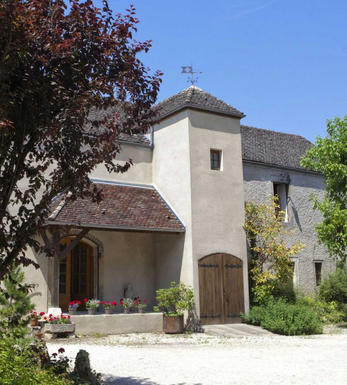
Henri Gouges
Domaine Henri Gouges is arguably the most famous in Nuits-Saint-Georges. The Gouges family has been vineyard proprietors in Nuits for generations and proprietors of the current domaine since 1919. Henri Gouges, along with the Marquis d’ Angerville from Volnay, was at the forefront of the war against fraud in Burgundy in the 1920s and in the 1930s, he was heavily involved with delineating the crus in Burgundy for the Institut National d’Appellation d’Origine, and he was a member of that regulatory body at its outset.
It is currently run by cousins Pierre and Christian Gouges, grandsons of the original Henri, with the next generation joining in. No prisoners are taken here – these are wines designed to age for the long term, and if they happen to show awkwardly in their youth, tant pis. Two historical aspects of note: the original Henri Gouges was mayor of Nuits-St-Georges when the various appellation classifications were being decided. He advocated that no vineyards be proposed for grand cru, even though – or perhaps because – he was a significant owner of the candidate most likely to succeed, Les St-Georges.
In his time, some of his Pinot vines also mutated from red to white grapes and became the Pinot Gouges with which the domaine’s white Perrières are planted. Other vignerons have been supplied with cuttings too.
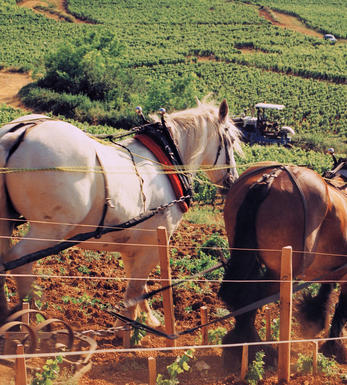
Nuits-Saint Georges
Originally known as Nuits, or even Nuits-sous-Beaune, the town was happy to add the name of its finest vineyard, Les St Georges, in the 19th century. There are no Grands Crus, but many fine Premier Cru vineyards, the mayor of the time – Henri Gouges – preferring not to single out any vineyard for the highest status.
The wines of Nuits-St Georges vary according to their exact provenance. Those of the hamlet of Prémeaux, considered to be part of Nuits-St Georges for viticultural purposes, are often on the lighter side.The richest and most sought-after are those just south of Nuits-St Georges such as Les Vaucrains, Les Cailles and Les St Georges itself. The third sector, including Les Murgers, Les Damodes and Les Boudots are at the Vosne-Romanée end of the village, and demonstrate some of the extra finesse associated with Vosne.
Several domaines (Gouges, Rion, Arlot) now produce a white Nuits-St Georges from Pinot Blanc or Chardonnay.
- 175 hectares of village Nuits-St Georges
- 143 hectares of Premier Cru vineyards (20 in all). Best vineyards include Les St Georges, and Clos des Argillières and Clos de la Maréchale in Prémeaux
- Recommended producers: Gouges, Rion, Liger Belair, Potel
- Recommended restaurant : La Cabotte (small but stylish)
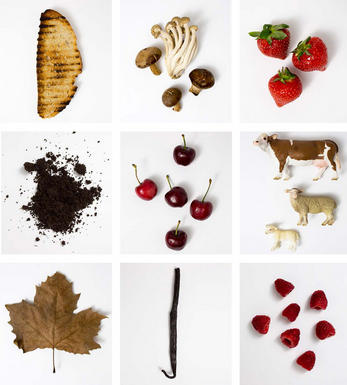
Pinot Noir
Pinot Noir is probably the most frustrating, and at times infuriating, wine grape in the world. However when it is successful, it can produce some of the most sublime wines known to man. This thin-skinned grape which grows in small, tight bunches performs well on well-drained, deepish limestone based subsoils as are found on Burgundy's Côte d'Or.
Pinot Noir is more susceptible than other varieties to over cropping - concentration and varietal character disappear rapidly if yields are excessive and yields as little as 25hl/ha are the norm for some climats of the Côte d`Or.
Because of the thinness of the skins, Pinot Noir wines are lighter in colour, body and tannins. However the best wines have grip, complexity and an intensity of fruit seldom found in wine from other grapes. Young Pinot Noir can smell almost sweet, redolent with freshly crushed raspberries, cherries and redcurrants. When mature, the best wines develop a sensuous, silky mouth feel with the fruit flavours deepening and gamey "sous-bois" nuances emerging.
The best examples are still found in Burgundy, although Pinot Noir`s key role in Champagne should not be forgotten. It is grown throughout the world with notable success in the Carneros and Russian River Valley districts of California, and the Martinborough and Central Otago regions of New Zealand.


Buying options
Add to wishlist
wine at a glance
Delivery and quality guarantee